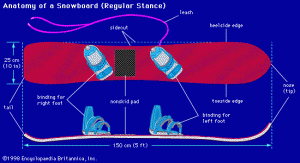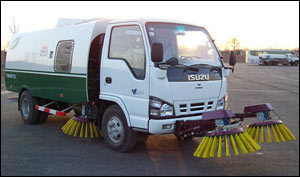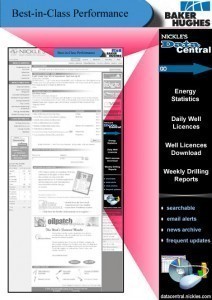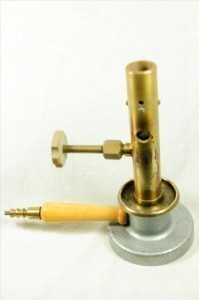Submersible Pressure Gauge Sizes
A submersible pressure gauge (SPG) is the instrument that tells you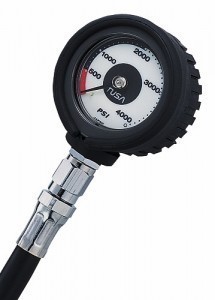 how much air is left in the tank. The air pressure is determined in bar or PSI. When the air is getting low, a portion of the dial will turn red.
how much air is left in the tank. The air pressure is determined in bar or PSI. When the air is getting low, a portion of the dial will turn red.
Submersible Pressure Gauge Sizes
This will vary among manufacturers. For example, Dive Rite SPGs have
a 1.5 inch polycarbonate face. Their SPGs are available with the 32 inch hose (primary submersible pressure gauge) and a 6 inch hose for the compact SPG.
The Dive Rite SPGs can be in bar (10 bar increments) or in 100 psi increments. These instruments are Nitrox ready. Their SPGs have luminescent dials, so the readout will be easy to read even if the lighting is low. The unit comes with a spool, HP hose and boot. The face is impact and scratch resistant.
The Naked SPGs
Naked SPGs are those SPGs without a boot. They are also used to refer to SPGs with clean and simple designs as opposed to the decorated types. These submersible pressure gauge sizes vary; many have a 2.5 inch diameter with a 2 inch face.
Others have a 1.75 inch diameter with 1.5 inch face. Some models have a 2.0-inch diameter with 1.75 inch face. The bigger SPGs often have tempered glass faces for added strength. You can customize the SPGs by adding the spool and HP hose.
When looking for SPGs, it’s best to look for those with clean designs. Too much color can make it hard to decipher the 0 to 500 psi range. The increments vary among the devices. Some are set up to 5000 psi in 100 psi increments (Imperial). There are SPGs with 360 bar in 10 bar metric increments.
Note: some of the 1.5 inch face gauges make a sound when you shake them. That is normal. The larger ones will not make a sound.
The Mini SPG
Other submersible pressure gauge sizes include the mini SPG. These usually have a one inch face. These are also called the button gauge and the pony gauge. These are usually set in the standard size high pressure 7/16 inch regulator port (stage one).
There are also gauges that are Nitrox ready. The rating can be up to 5000 psi in 100 psi increments. There are also gauges that come with high pressure hose adapters.
How the SPG Works: an Overview
The gauges employed for scuba diving are water proof. This is constructed to keep the water from getting into the gauge. Most of the time, the gauge is brass. The casing is of course water tight.
An o-ring is fitted on the glass to keep water away. This is hooked up to the scuba regulator via a high pressure hose. This relays the cylinder pressure at the regulator within the gauge.
The submersible pressure gauge sizes are not the only things that divers should consider. You will also have to assess the different features. You also have to think of the other equipment you will use when diving.
